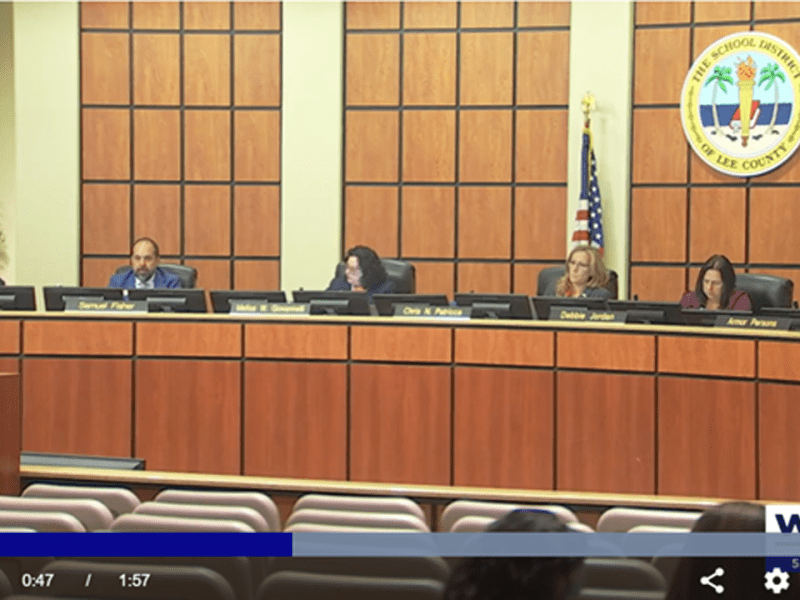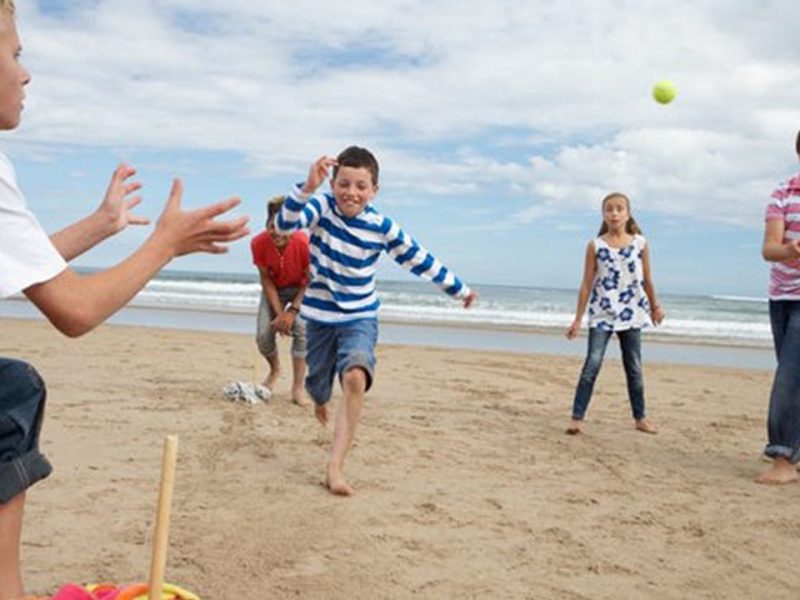
When should a student be quarantined? What Florida parents need to know.
A new state order gives parents more say over when to keep COVID-exposed kids out of school. Here are some factors to consider.
Tampa Bay Times | By Ana Ceballos | September 23, 2021
TALLAHASSEE — In Florida, if a school-age child is exposed to COVID-19, parents and guardians now bear the responsibility of deciding whether the student should be quarantined or go to school — so long as they remain asymptomatic.
The new option is outlined in a Florida Department of Health rule, issued Wednesday, that still requires kids with symptoms to be isolated and quarantined.
Gov. Ron DeSantis’ administration’s shift to a “symptoms-based approach” to quarantines is leaving public health decisions up to families.
So, what should parents consider when making this public health decision? It’s multi-faced answer.
Based on vaccination status
The U.S. Centers for Disease Control and Prevention makes recommendations on quarantines based on whether the child is vaccinated or not.
At this time, the U.S. Food and Drug Administration has granted emergency use authorization for the Pfizer-BioNTech vaccine for ages 12 through 15. The vaccine is fully approved for people 16 and older. There is no vaccine approved for use in younger children yet, but that could happen soon.
Depending on the child’s vaccination status, parents could turn to the CDC’s recommendations when in doubt.
If a student is fully vaccinated and comes in contact with a COVID-positive person, the CDC says the child does not need to be quarantined so long as they do not develop symptoms. The fully vaccinated child, however, should be tested three to five days after exposure and wear a mask indoors, according to the CDC.
The CDC rules change if the child is unvaccinated or not fully vaccinated.
Even if the child tests negative after being exposed, the CDC says the child should quarantine at home for 14 days after the close contact. The quarantine can be shortened and end after 10 days if no symptoms have emerged or after seven days if the child has had a negative test and is asymptomatic.
How do federal and state guidelines on quarantines compare?
vFlorida’s new rule does not mention a child’s vaccination status or testing in the clause that gives parents the power to decide whether their asymptomatic kid should be quarantined or sent back to school after exposure.
The rule says parents and legal guardians can choose to allow their student to attend “school, school-sponsored activities, or be on school property without restrictions or disparate treatment, so long as the student remains asymptomatic.”
If a parent decides to quarantine their child after exposure, the state says they also have the option to “quarantine the student for a period of time not to exceed seven days from the date of last direct contact with an individual that is positive for COVID-19.”
The state defines a “direct contact” as exposure of at least 15 minutes, within six feet.
Testing, testing, testing
Testing is a key component in making the decision because asymptomatic people can still spread the virus, said Thomas Hladish, a research scientist at the University of Florida’s department of biology and the Emerging Pathogens Institute.
Here is a breakdown of who the CDC recommends should get tested:
- People who have symptoms of COVID-19.
- People — vaccinated or not — who have been exposed to someone known to have COVID-19.
- People who have been told to be tested by their school, workplace, health care provider or health department.
“To contain and control local outbreaks, you really need frequent testing,” Hladish said, noting that research has shown that the frequency of testing can be even more important than the accuracy of the testing.
“Doing it frequently is better than getting one PCR (polymerase chain reaction) test, maybe early after exposure, and incorrectly concluding that there was no transmission just because the amount of virus in your body is not high enough for a PCR test to pick up,” Hladish added.





